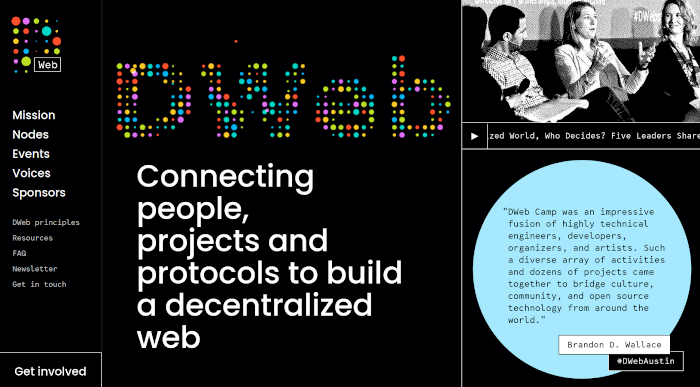Report by the World Bank: “Data has become ubiquitous—with global data flows increasing one thousand times over the last 20 years. What is not always appreciated is the extent to which data offer the potential to improve people’s lives, including the poor and those living in lower-income countries.
Consider this example. The Indian state of Odisha is susceptible to devastating cyclones. When disaster struck in 1999, as many as 10,000 people lost their lives. This tragedy prompted the Odisha State Disaster Management Authority to invest heavily in weather forecast data. When another, similarly powerful storm struck in 2013, the capture and broadcast of early warning data allowed nearly one million people to be evacuated to safety, slashing the death toll to just 38.
Data’s direct benefits on lives and livelihoods can come not only from government initiatives, as in Odisha, but also through a plethora of new private business models. Many of us are familiar with on-demand ride-hailing platforms that have revolutionized public transportation in major cities. In Nigeria, the platform business Hello Tractor has adapted the concept of a ride-hailing platform allowing farmers to rent agricultural equipment on demand and increase their agricultural productivity.
Furthermore, Civil Society Organizations across the world are using crowdsourced data collected from citizens as a way of holding governments accountable. For example, the platform ForestWatchers allows people to directly report deforestation of the Amazon. And in Egypt, the HarrassMap tool allows women to report the location of sexual harassment incidents.
Despite all these innovative uses, data still remain grossly under-utilized, leaving much of the economic and social value of data untapped. Collecting and using data for a single purpose without making it available to others for reuse is a waste of resources. By reusing and combining data from both public and private sources, and applying modern analytical techniques, merged data sets can cover more people, more precisely, and more frequently. Leveraging these data synergies can bring real benefits….(More)”.


